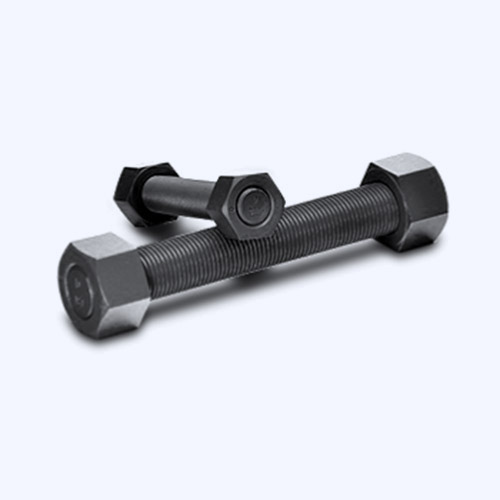Jul . 26, 2024 15:46 Back to list
Understanding Different Anchor Bolt Sizes and Their Applications in Construction Projects
Understanding Anchor Bolt Sizes A Comprehensive Guide
Anchor bolts are essential components in construction and structural engineering, serving to secure structures and components to their foundations. Their importance cannot be overstated, as they ensure the stability and integrity of buildings, bridges, and other structures. One critical aspect of utilizing anchor bolts is selecting the appropriate size for the intended application. This article aims to provide a comprehensive understanding of anchor bolt sizes, their significance, and the factors that influence their selection.
What Are Anchor Bolts?
Anchor bolts are fasteners that hold structures to concrete. They can be designed in various shapes and sizes and are typically embedded in a concrete foundation. The primary function of anchor bolts is to resist forces that can cause structural failure, such as wind loads or seismic activities.
Anchor Bolt Sizes Explained
Anchor bolt sizes are determined by both length and diameter. The size you choose depends largely on the load requirements of the structure you are working with. Common diameters for anchor bolts range from ½ inch to 2 inches, while lengths can vary widely depending on the application, typically starting from 6 inches to several feet.
1. Diameter Considerations The diameter of the anchor bolt is crucial because it affects the load-carrying capacity. Larger diameters provide greater strength and resistance to shear forces. For example, a 1-inch diameter bolt can carry substantially more load than a ½ inch diameter bolt. However, larger bolts also require larger embedments and may necessitate more substantial hole drilling and concrete preparation.
l anchor bolt sizes

2. Length Requirements The length of an anchor bolt should be sufficient to ensure proper embedment in the concrete. A common rule of thumb is that the effective embedded length should be at least 7 times the diameter of the bolt. For example, a 1-inch diameter bolt should be embedded at least 7 inches into the concrete to achieve a reliable load capacity. Additionally, the length may be influenced by the materials the bolt will attach to and the expected environmental conditions, such as exposure to moisture or temperature fluctuations.
Load Types and Configurations
When selecting an anchor bolt size, it's essential to consider the load types that the bolt will experience. There are generally three types of loads that anchor bolts resist tension, shear, and combined loads.
- Tension Loads These are pulling forces that can cause the bolt to stretch. Larger diameter anchor bolts are often required in applications where significant tension forces are anticipated. - Shear Loads These horizontal forces can cause bolts to shear off. The configuration and arrangement of bolts can significantly affect their ability to resist shear. Multiple smaller bolts may be used instead of a single large bolt to distribute the load more evenly.
- Combined Loads In many real-world applications, anchor bolts will experience a combination of tension and shear forces. In this case, it’s crucial to analyze the specific conditions and choose a size that meets the overall demand.
Conclusion
Selecting the right anchor bolt size is critical for ensuring the safety, reliability, and longevity of a structure. Factors such as load requirements, environmental conditions, and the materials being anchored all play a significant role in determining the best bolt size for a given application. Engineers and construction professionals must conduct a thorough analysis to select anchor bolts that not only meet the required load criteria but also fit within the overall design of the structure. Proper education on anchor bolt sizes can lead to better decision-making, ultimately contributing to the safety and stability of constructed environments.


